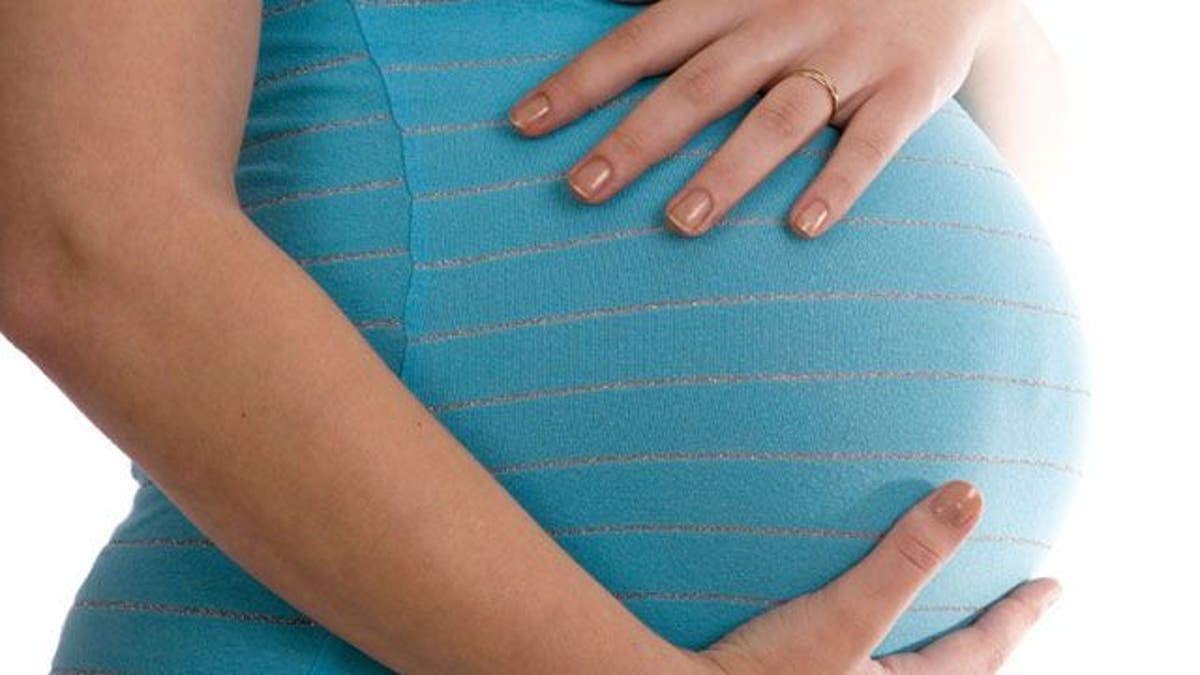
The risk of some birth defects increases just slightly when pregnant women take certain antidepressants, according to a large study published Wednesday that sheds new light on a much-debated topic.
The study, published in BMJ, a medical journal, found associations between certain birth defects and two antidepressants—Prozac, or fluoxetine, and Paxil, or paroxetine—taken in the month before pregnancy and through the first trimester.
But it found no such links with three other antidepressants: Zoloft, or sertraline, the drug taken by most participants in the study’s control group, who were in treatment for depression, as well as Celexa, or citalopram, and Lexapro, or escitalopram.
All of those drugs are from the most common class of antidepressants, known as selective serotonin reuptake inhibitors. Whether SSRIs are linked to neural tube defects, cardiac malformations and other rare disorders in babies has been a matter of debate for years. Studies have reached conflicting conclusions.
In 2005, the Food and Drug Administration warned that Paxil could increase the risk for birth defects, and heart defects in particular.
A study published last month found that use of antidepressants late in pregnancy may be associated with increased risk of a serious respiratory disorder known as persistent pulmonary hypertension of the newborn, or PPHN. But the increased risk appeared to be less than previously thought.
Antidepressants are some of the most commonly prescribed drugs in the U.S. About one in 10 Americans aged 12 and older takes one, according to estimates by the Centers for Disease Control and Prevention. Many pregnant women need antidepressants, researchers and mental-health experts say, noting that stopping them during pregnancy could be more dangerous for women who are severely depressed.
In the latest research, a team of U.S. and Canadian researchers, led by the CDC, analyzed results from previous studies and combined them with data from the National Birth Defects Prevention Study, a population-based U.S. study that includes more than 30 categories of major birth defects. Their analysis included 17,952 mothers of infants with birth defects, and 9,857 mothers of infants without birth defects, born between 1997 and 2009.
